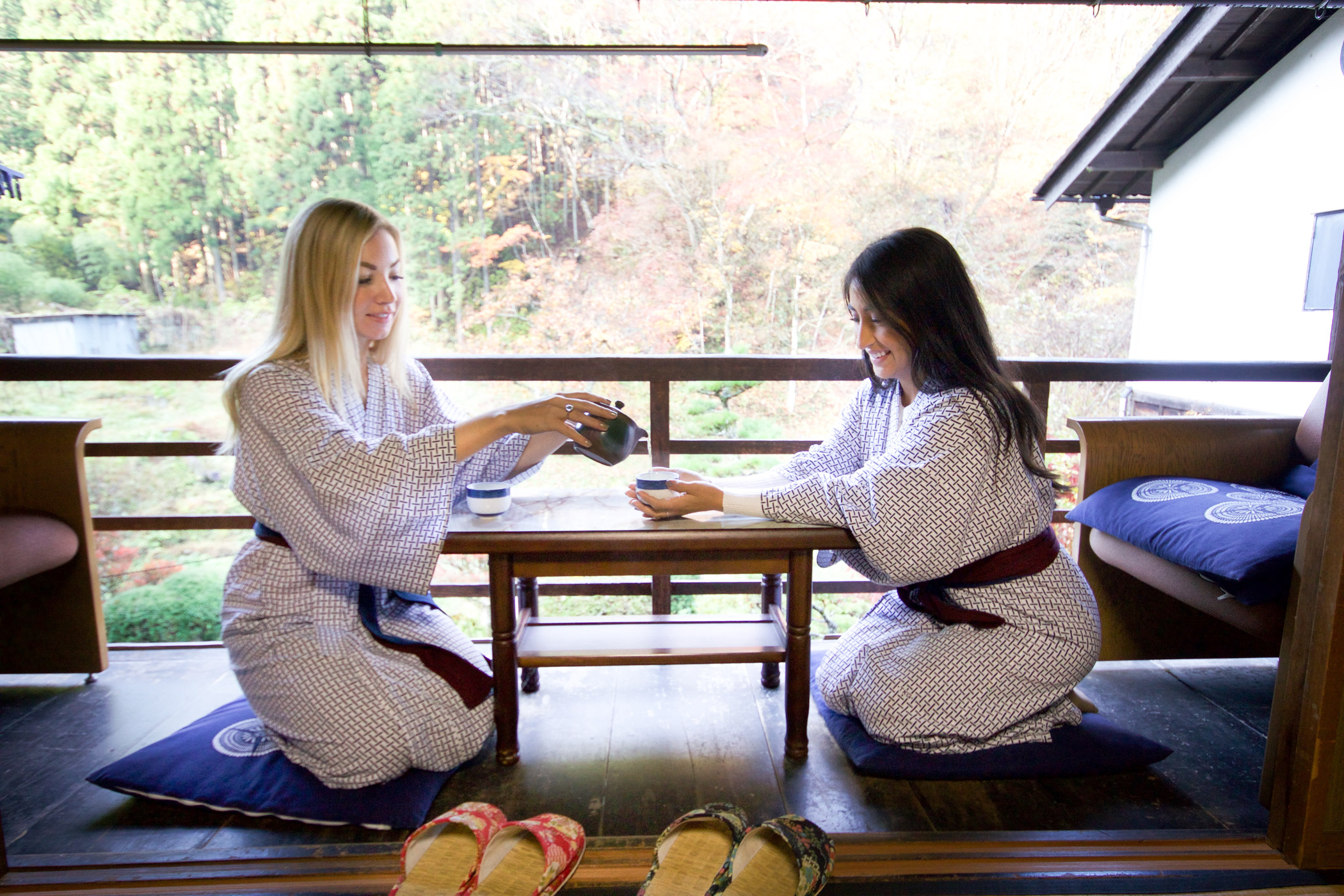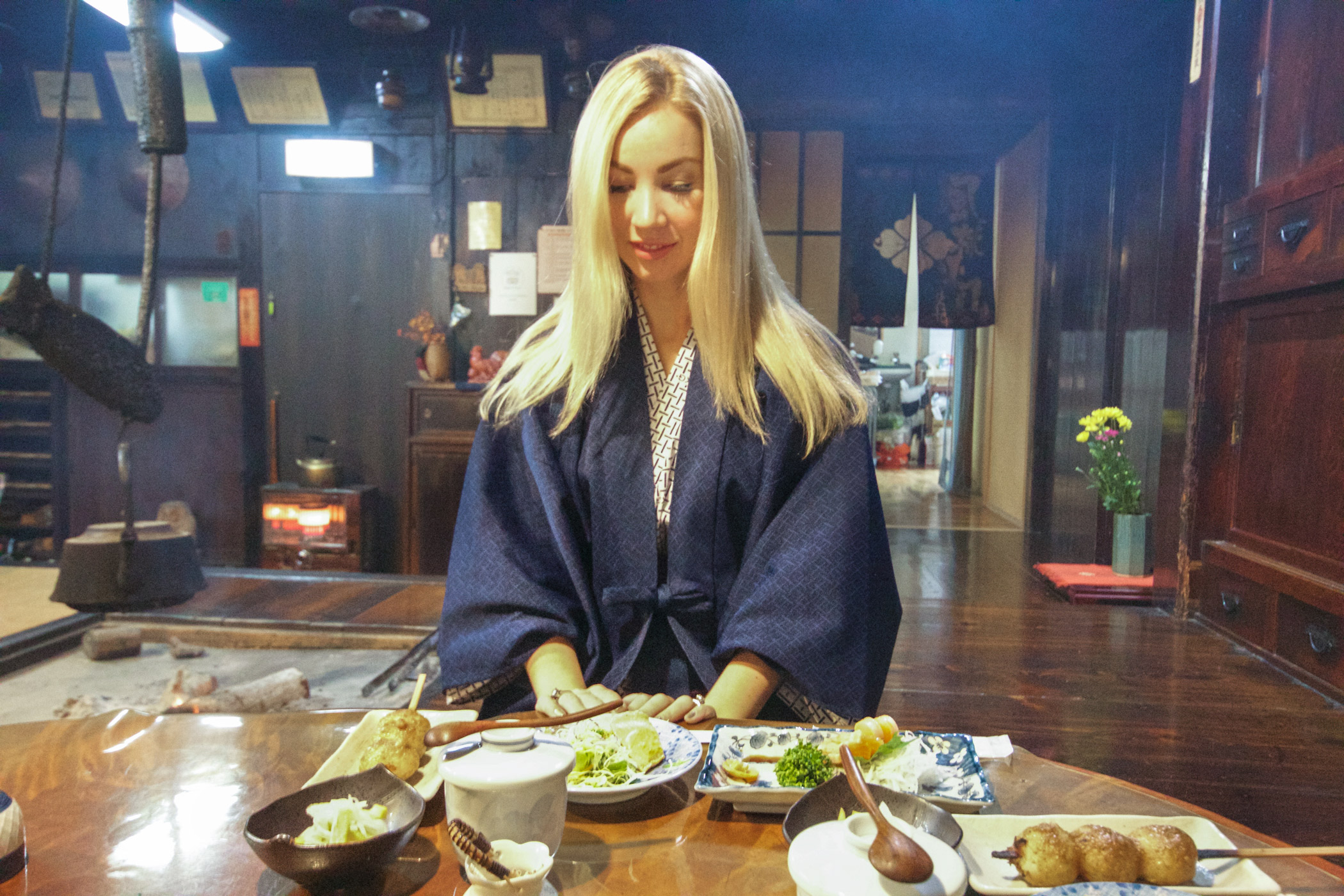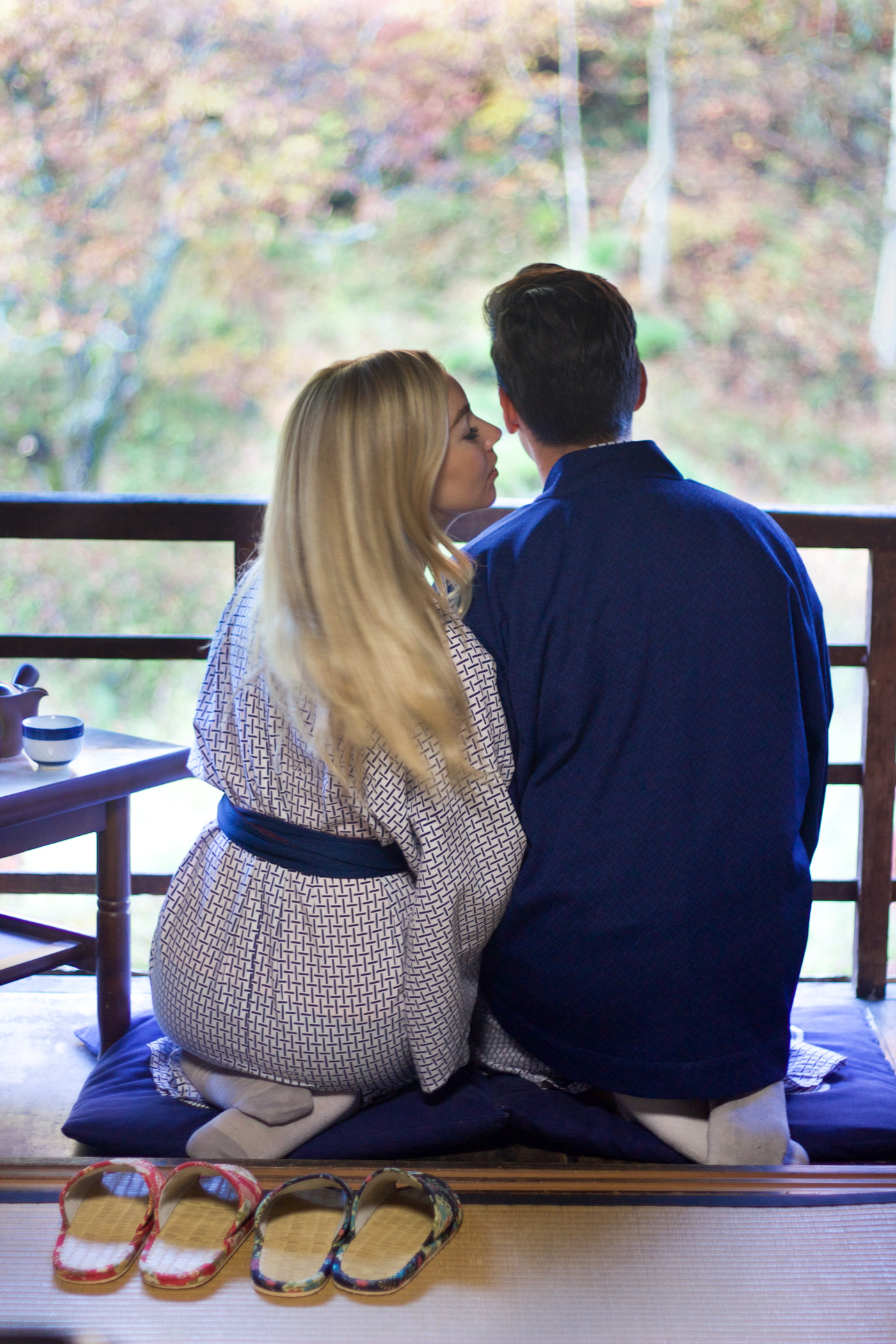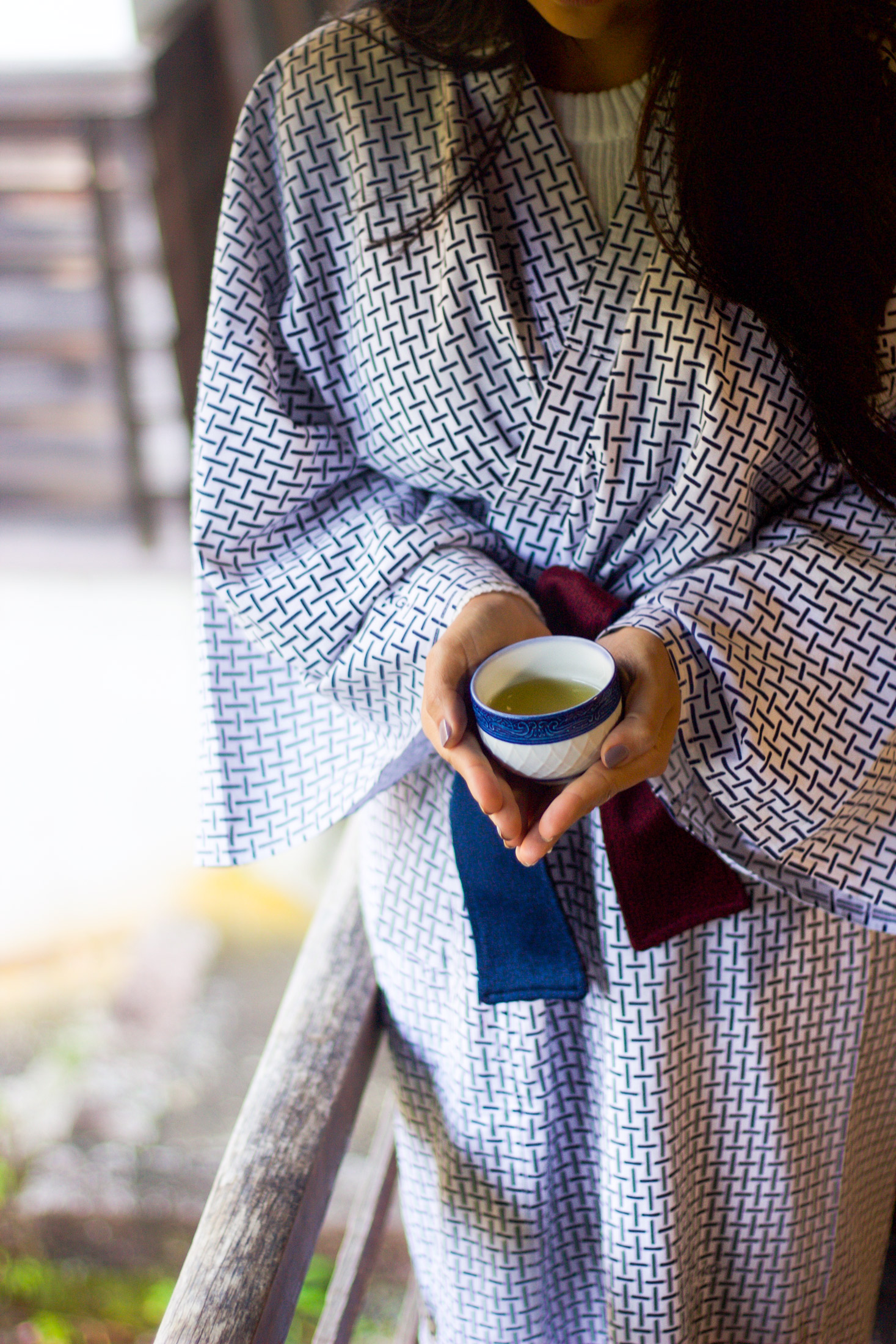Bucket list: Stay at Japanese Ryokan
Second stop, Tsumago, Japan. Just a short 3 1/2 hour train ride on the Shinkansen, the hustle and the bustle and the din of the plinko parlors and neon lights of Tokyo had faded away. We arrived at our destination, in the mountains near Nagano, and crossed one, big thing off our bucket list. From the moment that we started planning our trip to Japan, staying at a ryokan, which can be thought of as a Japanese B&B, was a must. We opted for Koshinzuka, after reading through hundreds of reviews that gushed about the incredible food, the centuries old building, and the hospitality of a family that has been running this inn for generations.




What is a Ryokan?
Ryokans have been around for centuries – little inns along passageways throughout Japan that give travelers a warm place to stay the night, get a great home-cooked meal, and make some good friends along the way. Almost all ryokans are owned a operated by one family, and the proprietors of these little inns are renowned for being just about the nicest people in the world. Nowadays, there are differences between a traditional ryokan and a more modern one. As you can imagine, the traditional ones will not have televisions or modern electronics. But if you want the full experience, including customary food, clothing, and entertainment (and everything laid out in this article!!), I highly recommend going the more traditional route.

The Most Authentic Japanese Cultural Experience
The reason that you go to a ryokan is to experience the very essence of Japan. The scenery, the food, the people – this is where you forget about your pumpkin spice everything, put on your yukata (more about this later) and dive headfirst into the Japanese experience.
This particular ryokan is situated on the banks of a crystal clear river surrounded by forests. Its location along the Nakasendo highway gave us access to quiet walks along the trails and the absence of electronics made the perfect setting for true old fashioned quality time. Koshinzuka (the ryokan we stayed at) was a short walk to the main part of the village of Tsumago and along the Magome – Tsumago trail. If you’ve never heard of this trail, here’s a quick recap: The trail connects Tokyo to Kyoto and was made during the Shogun run Edo era, and was the only way to travel between the two cities during this time.



The food was, in a word, unreal. Breakfast and dinner are included with your stay and, let me tell you, if you want to try authentic Japanese food, eating a meal prepared by a 80 year old Japanese Grandmother in the mountains will suit you just fine. With great care, the hosts of Koshinzuka prepare the most beautiful (and Instagram worthy) meals, complete with careful and thoughtful presentation. Almost all of our fish was caught in the local river and the vegetables grown in the Koshinzuka garden. Guests wear traditional yukata (a casual kimono) and sit on tatami mat floors in a room surrounding a traditional fire. During meals, the family turn the guest rooms over from your daily living space into your sleeping area by placing out traditional floor beds (futon).

And my favorite part: the furo! Koshinzuka, like many traditional ryokans, boasts an amazing furo (think, beautiful wooden bath tub). Furos can be found in most ryokans and are used by the Japanese as a form of relaxing or warming oneself. After a long hike to Magome, getting into the furo was the perfect end of the day activity.

We left Koshinzuka feeling like we had truly left the Western world behind. Masa-san and his family (the owners of our ryokan) treated us like royalty and took painstaking care that every detail in our room and every bite of our food was perfect. The rooms were quaint and the views were amazing. We went to sleep every night against the back drop of a flowing river, with belly’s full of incredible food and the peace and quiet you can only receive in a small mountain high above the madness of modern life.

So, now you want to go to a Ryokan?! Five things to know:
- Ryokans range widely in price, but they are all priced on a per-person basis. You normally have the choice of one or two meals to be included with your stay.
- Shoes off! Shoes are never allowed past the entryway of the ryokan, and when you take them off, make sure to have them facing back towards the front door.
- When you wear your yukata, make sure to fold the left side over the right side before tying the obi (sash). Right-over-left is reserved for the dead!
- Furo etiquette: the wooden tub is filled with extremely hot water, which you can take a dip in only after you are completely clean! Take the time to scrub all the way off in the adjoining shower before taking your time in the furo
- Don’t leave a tip. As it is throughout most of Japan, tipping is not normal. And especially in ryokans, the owners take pride in their work, feel that they should be paid only for the work they have done, and can even see it as disrespectful if you tip them!








WOW! JUST WOW! Ryokan looks & sounds AMAZING. Feel free to pack me in your suitcase next time 🙂
Everything is looking so good! Proud of you! Love you!
So beautiful, I’m totally sold. This is the perfect fuel to keep planning the rest of our Japan leg!
So beautiful, Thank you for sharing.